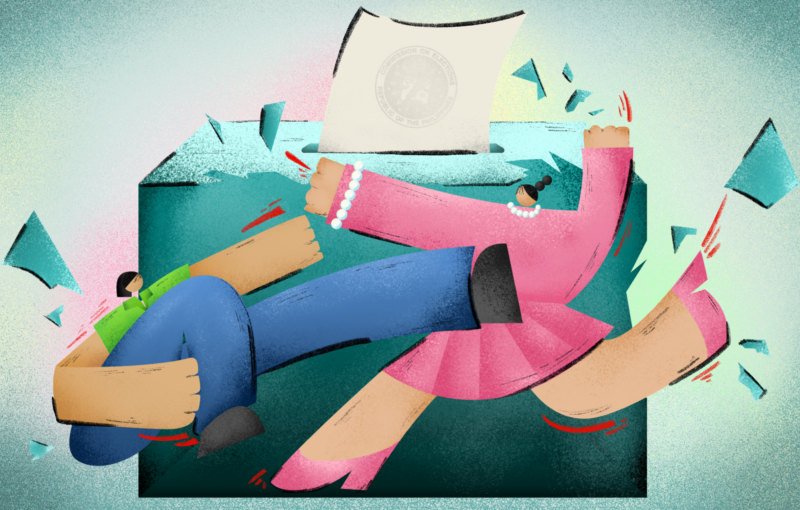In a country where New Year celebrations are taken too far—so much so that fingers are lost to the careless handling of fireworks—it was really only a matter of time before stray bullets, instead of welcoming something new, brought an end to the lives of two Filipino children.
According to statistics from GunPolicy.Org, there are 4.72 firearms per 100 people and 3.9 million privately licensed firearms in the Philippines. There are 88.8 guns per 100 people in the United States, and 270 million licensed firearms. In spite of these numbers, there is a much higher rate of gun-related violence in the Philippines. According to the United Nations Office on Drugs and Crime, there were 8.9 homicides per 100,000 people in the Philippines 2003, while in the USA there were 3.3 homicides per 100,000 people.
Though the main reason for owning a gun relates to an individual’s view of security, the fact that we are reliant on guns at all speaks a lot about our society: most gun-related violence occurs in the provinces, where private armies exist not so much as a luxury but as a necessity for the most notorious families. The Philippines’ gun culture also extends to politicians: gun-related violence also markedly increases during election season, and the shootout in Atimonan, Rizal last January is testament to this.
Two weeks after the Sandy Hook shootings in Connecticut, eight lives were lost in Kawit. Whereas in the United States the actions were supposedly caused by mental disorder, the death of the eight, including a pregnant woman and her three-year-old child, were attributed to alcohol and shabu.
In more recent events, the Boston bombing and the shootings involved further testify to the dangers of having a lack of law enforcement when it comes to firearms.
Though the issue of gun control has been a long-standing debate, it gained momentum in the Philippines after events that occurred continents apart in quick succession. Many have tried to parallelize the shootings in the United States and in the Philippines, which, after all, both involved the death of innocents who were just at the wrong place at the wrong time.
However, the roots of the respective gun cultures in the United States and in the Philippines are miles apart.
The point of contention in the United States’ debate on gun control is the citizens’ constitutional rights. The Philippines, on the other hand, has stringent gun control laws; while a licensed owner can obtain a Permit to Carry, the permit includes clauses which essentially do not permit the owner to bring the gun to commercial establishments—anywhere, really, other than on the street. The weight of these laws is quite palpable to the gun-owner—it costs more to register for a gun ownership license rather than the gun itself.
As it usually goes with the Philippines’ laws, it boils down to implementation. However, one can also point out that there is a proliferation of firearms because there is barely any trust in the police force or in the government. Perhaps, it may even be a cultural phenomenon; Filipinos seem to find ways to circumvent the systems that were put in place to protect them.
It is ultimately mistrust in the government and its instruments that leads to the widespread reliance on guns in Philippine society. This is a vicious cycle that must end and it should no longer be a question of with whom—whether with the government or with the private actors involved, since both are culpable for the prevalent misuse of arms.






